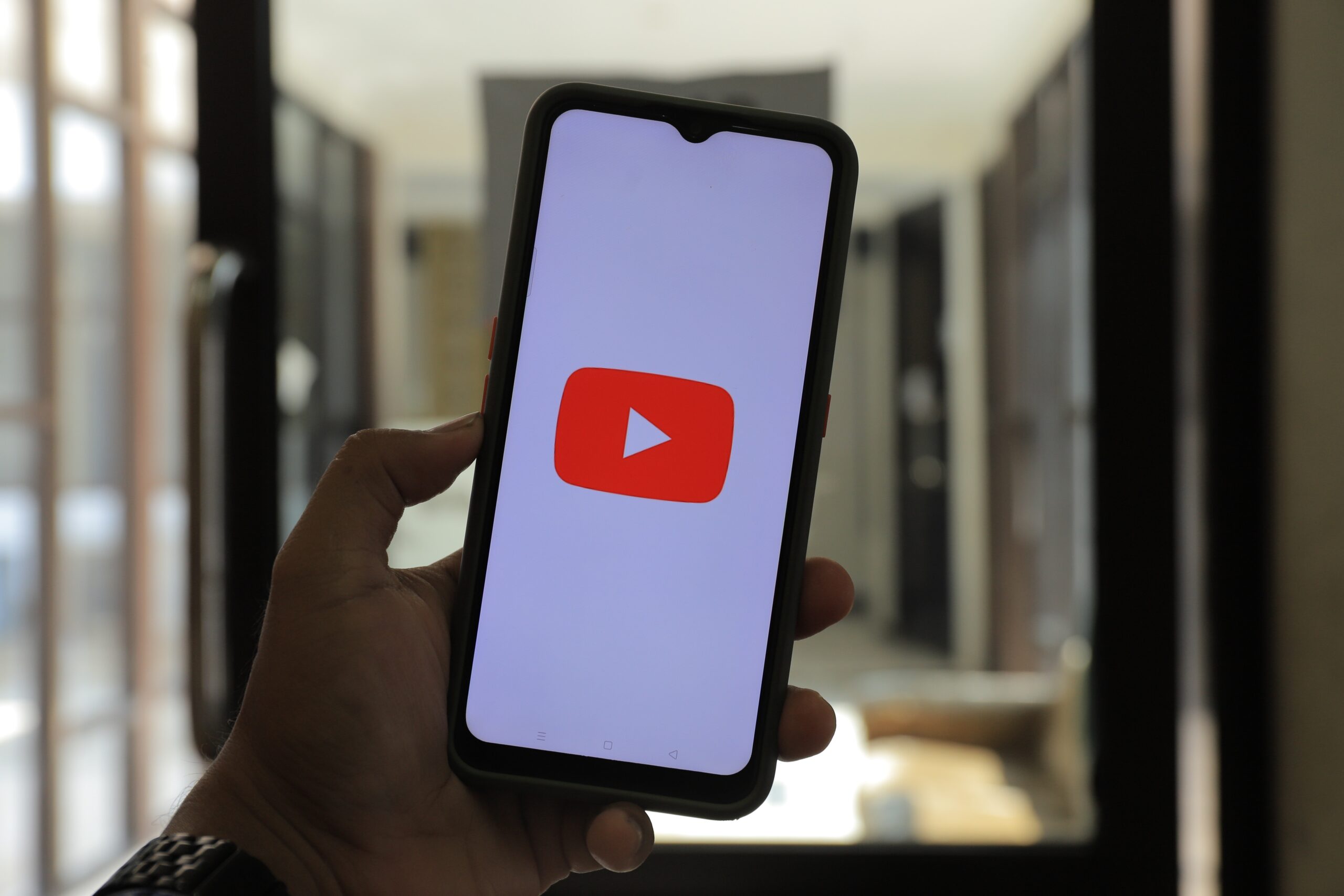YouTube has emerged as a powerhouse platform, not only for content creators but also for those seeking lucrative opportunities. With billions of users worldwide, it’s no surprise that many individuals are curious about the prospects of earning money on YouTube. In this article, we will delve into the intricacies of YouTube Pay, demystifying how content creators can turn their passion into a paycheck.
Understanding YouTube Monetization
Before we dive into the specifics of YouTube Pay, it’s essential to grasp the concept of monetization. Monetization is the process of earning revenue from your YouTube videos. To get started, you need to meet certain criteria set by YouTube:
1. Eligibility Criteria
To be eligible for monetization, your YouTube channel must have at least 1,000 subscribers and 4,000 watch hours in the past 12 months. Meeting these thresholds is crucial, as it opens the door to revenue generation.
Read also : 7 Tech Jobs That AI Can’t Touch
2. Google AdSense
Once you meet the eligibility criteria, you can enable monetization on your channel. This involves linking your channel to Google AdSense, a program that allows ads to be displayed on your videos. You earn money when viewers interact with these ads.
YouTube Ad Revenue
Now that your channel is monetized, let’s explore the primary source of YouTube pay-per-view – ad revenue.
3. CPM (Cost Per Mille)
CPM refers to the cost advertisers pay for every thousand views of their ad. YouTube shares a portion of this revenue with content creators. The CPM can vary widely, depending on factors like your niche, audience, and location.
4. CPC (Cost Per Click)
In addition to CPM, YouTube offers CPC, which is the amount you earn when viewers click on ads displayed in your videos. High-quality content and audience engagement can boost your CPC rates.
Alternate Revenue Streams
While ad revenue is a significant part of YouTube’s pay, creators can diversify their income streams in several ways:
5. Sponsored Content
Brands often collaborate with YouTubers to promote their products or services. These partnerships can be lucrative, providing creators with both monetary compensation and exposure.
6. Merchandise Sales
Many YouTubers develop merchandise, such as clothing, accessories, or digital products, to sell to their dedicated fan base.
7. Channel Memberships and Super Chat
YouTube offers features like channel memberships and Super Chat, allowing viewers to support their favorite creators through monthly subscriptions or direct donations during live streams.
Maximizing Your YouTube Pay
8. Consistency is Key
To boost your YouTube earnings, maintain a consistent upload schedule. Regular content keeps your audience engaged and returning for more.
9. Engage with Your Audience
Interacting with your viewers through comments, live streams, and social media can foster a dedicated community, which can lead to increased support and revenue.
10. Quality Over Quantity
While consistency is essential, prioritize the quality of your content. Well-produced videos are more likely to attract higher-paying advertisers.
Conclusion
In conclusion, YouTube pay is a multifaceted concept that encompasses various revenue streams for content creators. From ad revenue to sponsorships and merchandise sales, there are ample opportunities to turn your passion into a paycheck on YouTube. By meeting the eligibility criteria, creating engaging content, and exploring different income sources, you can embark on a rewarding journey as a YouTube creator.
FAQs
1. How long does it take to start earning on YouTube?
Earning on YouTube vary for each creator. It depends on factors like your niche, content quality, and audience engagement. Some creators start earning within months, while others may take longer.
2. What percentage of ad revenue do creators receive?
YouTube typically pays creators around 55% of the total ad revenue generated from their videos, while YouTube retains the remaining 45%.
3. Are there any copyright issues to consider when monetizing on YouTube?
Yes, copyright issues can affect your monetization. It’s crucial to use content that you have the rights to or adhere to YouTube’s guidelines for using copyrighted material.
4. Can you monetize a small YouTube channel?
While it may take more time, smaller channels can still monetize by meeting the eligibility criteria. Focus on growing your audience and improving your content to increase your earnings.
5. Is YouTube’s pay consistent from month to month?
YouTube’s pay can fluctuate. It depends on factors like ad performance, viewer engagement, and seasonal trends. Creators should be prepared for variations in their monthly earnings.



